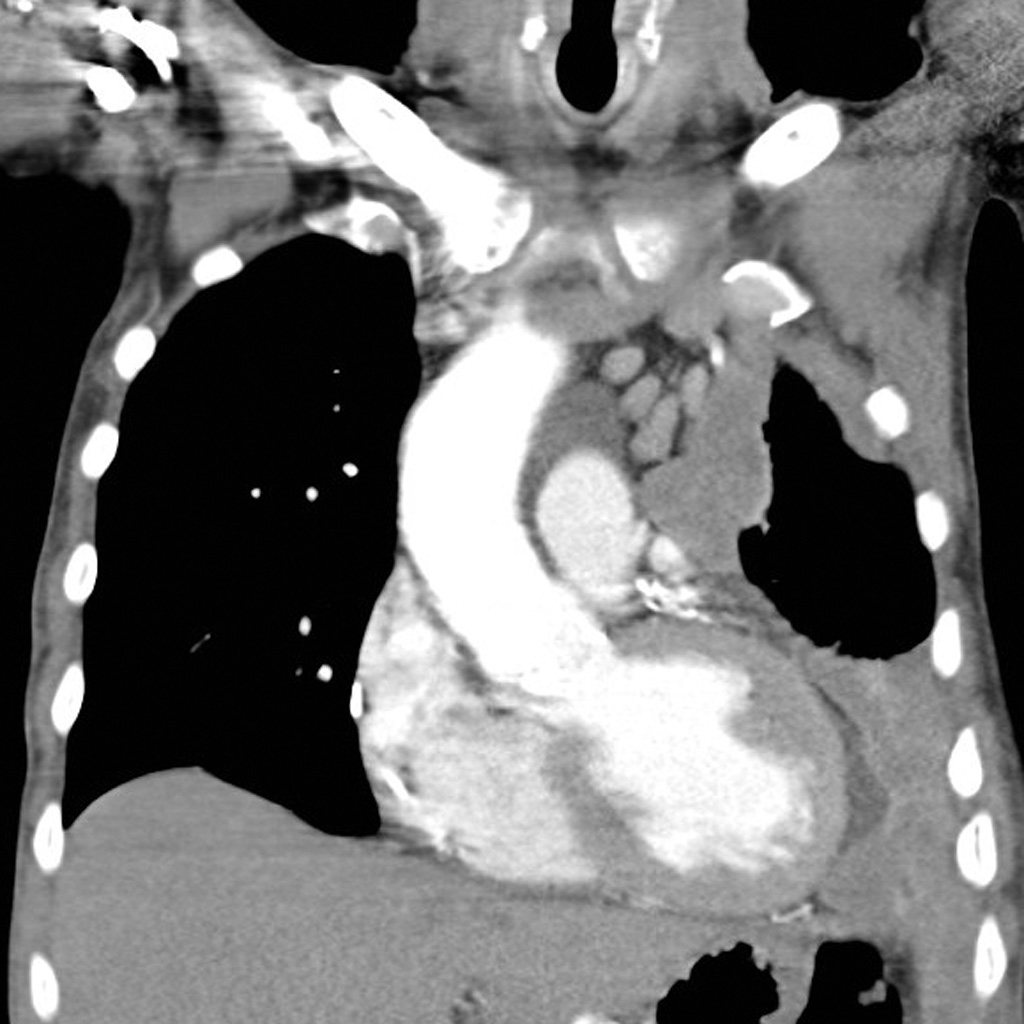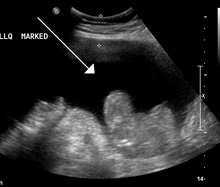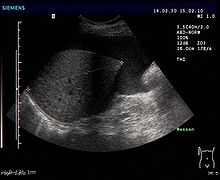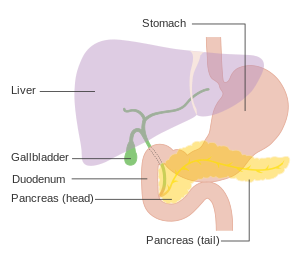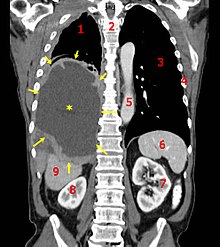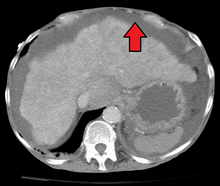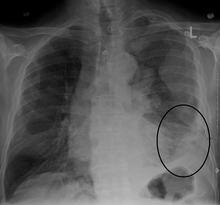Malignant Ascites Wikipedia, Ascites Wikipedia
Malignant ascites is an ominous sign that indicates peritoneal metastasis of the primary malignancy. It is a common problem in patients with cancer.
Ascites accumulation of fluid in the peritoneal cavity in the abdomen gives rise to bulging flanks.
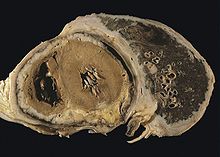
Malignant ascites wikipedia. Refractory ascites that is ascites which cannot be mobilized by low sodium diet and maximal doses of diuretics up to 400 mg spironolactone or potassium canrenoate and 160 mg furosemide per day occurs in 5 of cirrhotic patients with ascites. All types of cancer can metastasize to any of the bodys serous cavities resulting in malignant effusion. In addition lymphoma can be complicated by chylous ascites.
This type of cancer affects the lining that protects the contents of the abdomen and which also provides a lubricating fluid to enable the organs to move and work properly. It causes the accumulation of fluid in the abdominal cavity because of severe cirrhosis. Malignant Ascites Ascites also known as Peritoneal cavity fluid Peritoneal fluid excess Hydroperitoneum or more archaically as Abdominal dropsy is an accumulation of fluid in the peritoneal.
Malignant Ascites Ascites also known as Peritoneal cavity fluid Peritoneal fluid excess Hydroperitoneum or more archaically as Abdominal dropsy is an accumulation of fluid in the peritoneal. Portal hypertensive gastropathy refers. Guidelines on the management of ascites in cirrhosis.
It can be lethal. Jaundice is yellow. The average survival after development of malignant ascites is only about 5 months.
People with ascites due to cirrhosis are at risk of spontaneous bacterial peritonitis. The peritoneum is made of two parts the visceral and parietal peritoneum. Isolation culture and propagation of dendritic cells.
Ascites refers to fluid that accumulates within the peritoneal cavity. MALIGNANT ASCITES IN PALLIATIVE CARE 51 GENERAL PRINCIPLES Ascites is the accumulation of fluid in the peritoneal cavity. There is a common misconception that malignancy-related ascites is synonymous with peritoneal carcinomatosis 2.
The visceral peritoneum covers the internal organs and makes. Clinical findings Abdominal distension weight gain indigestion dyspnea orthopnea tachypnoea intestinal obstruction with nausea vomiting. 1 2 Malignancy is the underlying cause in approximately 10 ofall cases ascites.
Palliative Care and Quality of Life. Malignant Ascites is a tier 3 symptom exclusive to the Frozen Virus scenario. Malignancy-related ascites may be seen with several tumors including malignancies of the ovary breast colon lung pancreas and liver.
Although ascites is most commonly observed in patients with cirrhosis and resulting portal hypertension approximately 85 of. The development of refractory ascites is. Malignant effusion is the escape of fluid from the blood or vessels into tissues or cavities.
Excess peritoneal fluid evoked by malignancy which causes subdiaphragmatic lymphatic obstruction eg of the thoracic duct and increased intraperitoneal fluid production. Peritoneal mesothelioma is the name given to the cancer that attacks the lining of the abdomen. While survival in this patient population is poor averaging about 20 wk from time of diagnosis quality of life can be improved through palliative procedures.
55 Suppl 6 Suppl 6. Definition pathogenesis and treatment. In the Western world the most common cause of malignant ascites.
Malignant ascites accounts for 10 of all cases of ascites and occurs in association with a variety of. Moore KP Aithal GP October 2006. Malignant ascites is a rich source of.
Malignant ascites indicates the presence of malignant cells in the peritoneal cavity and is a grave prognostic sign. About 15- 50 of patients with malignancy will develop ascites.

Pseudomyxoma Peritonei Wikiwand


